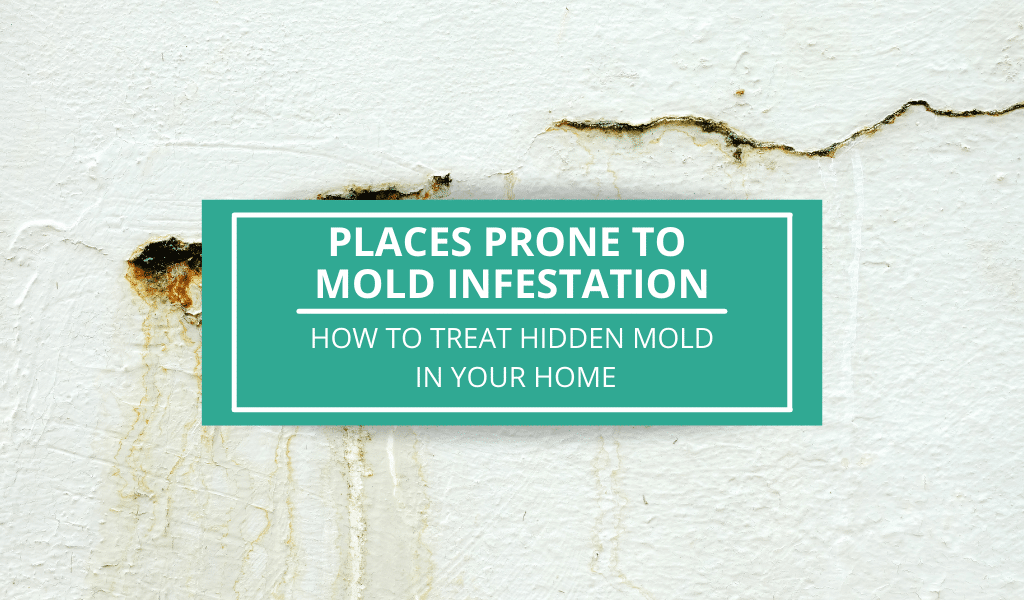An alarming one in two American households have issues with mold, and more than one in four citizens carries genes that make them susceptible to mold-related health issues. Thus, if you think you have a problem with mold, it’s not something to be taken lightly.
Contaminated surfaces can affect the purity of the air circulating within your home, compromise the structural soundness of your walls, ceilings, and floors, and can even pose a range of complications to your health.
And while identifying hidden mold might not be the easiest of tasks, we’re going to introduce some tried and tested ways of identifying and then dealing with mold contaminations in your property in this comprehensive guide.
We begin by looking at what mold is and why it’s damaging and potentially dangerous to your health, before explaining how you can look for and treat mold contamination. Hopefully, you will have all the information you need to remove hidden mold from your home by the end of this article.
What Is Mold And Why It Should Concern You
Mold is a fungus that tends to grow and thrive in dark, damp spaces. Outdoors, mold plays a critical role in the ecosystem by breaking down animal and plant matter. But indoors, the existence of mold can be problematic for the structure of your home, as well as your health.
According to Healthline, there are three most common types of mold that grow indoors. They can all cause a range of mild to severe health complications to certain people.
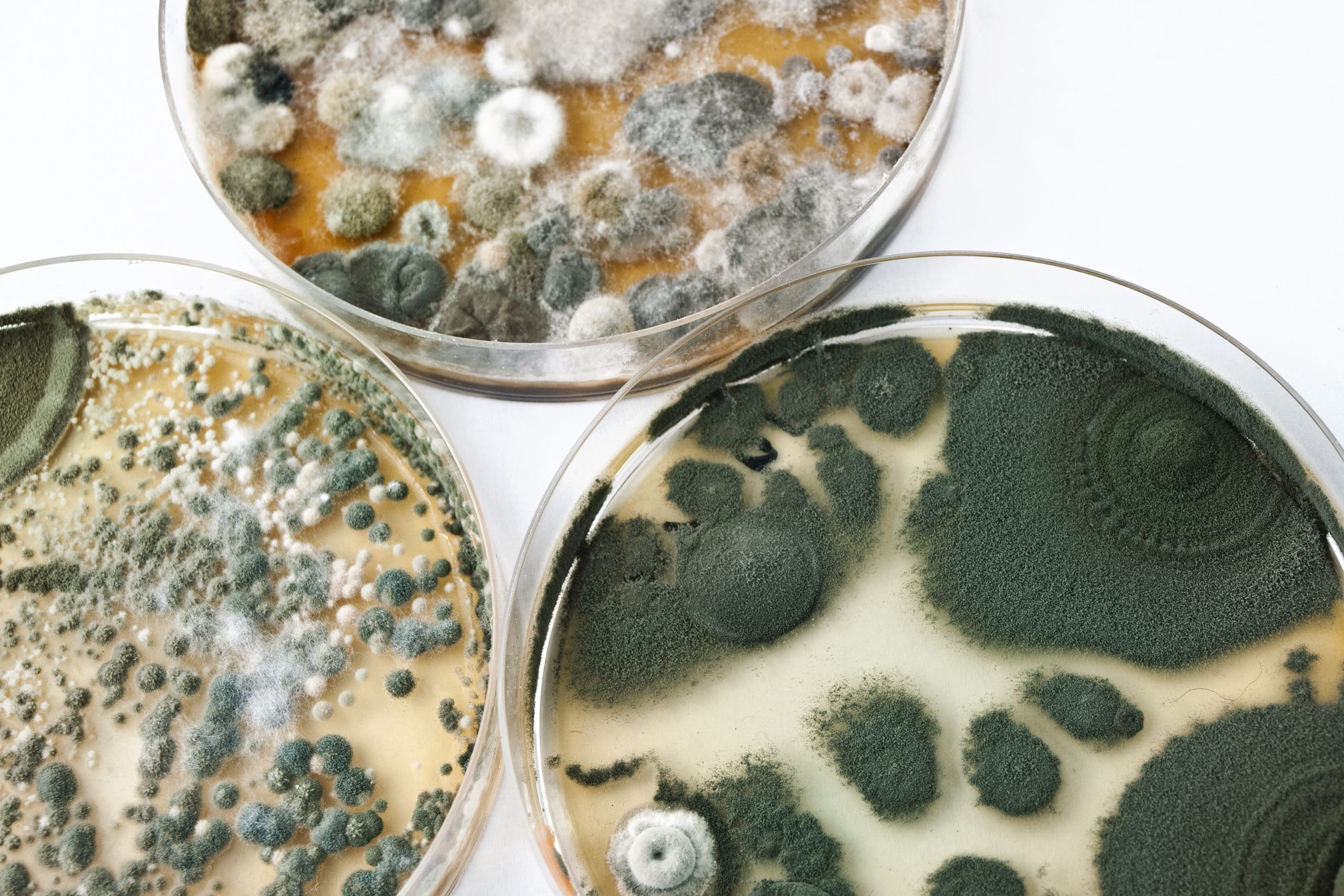
You might develop mild symptoms like eye irritation, sneezing, coughing, headache, and skin rash if you have a hidden mold contamination in your home. However, for people with underlying health conditions like allergies, asthma, and COPD, the symptoms can be much more acute.
The bottom line is that if you suspect you might have hidden mold in your house, you must act quickly to identify and then remove it. Let’s look at some signs that you might have a problem with mold in your home.
Signs That You Have Mold In Your Home
Mold from outside spreads by releasing tiny spores that float through the air. These spores can enter your home in several ways, including through open windows and doors, HVAC vents, and even via your pets. The spores then latch onto a range of household items and materials and settle if the conditions are favorable.
However, you’re most likely to identify a mold contamination within your home that is confined to an area that is moist and dark. Common growth spots for mold include:
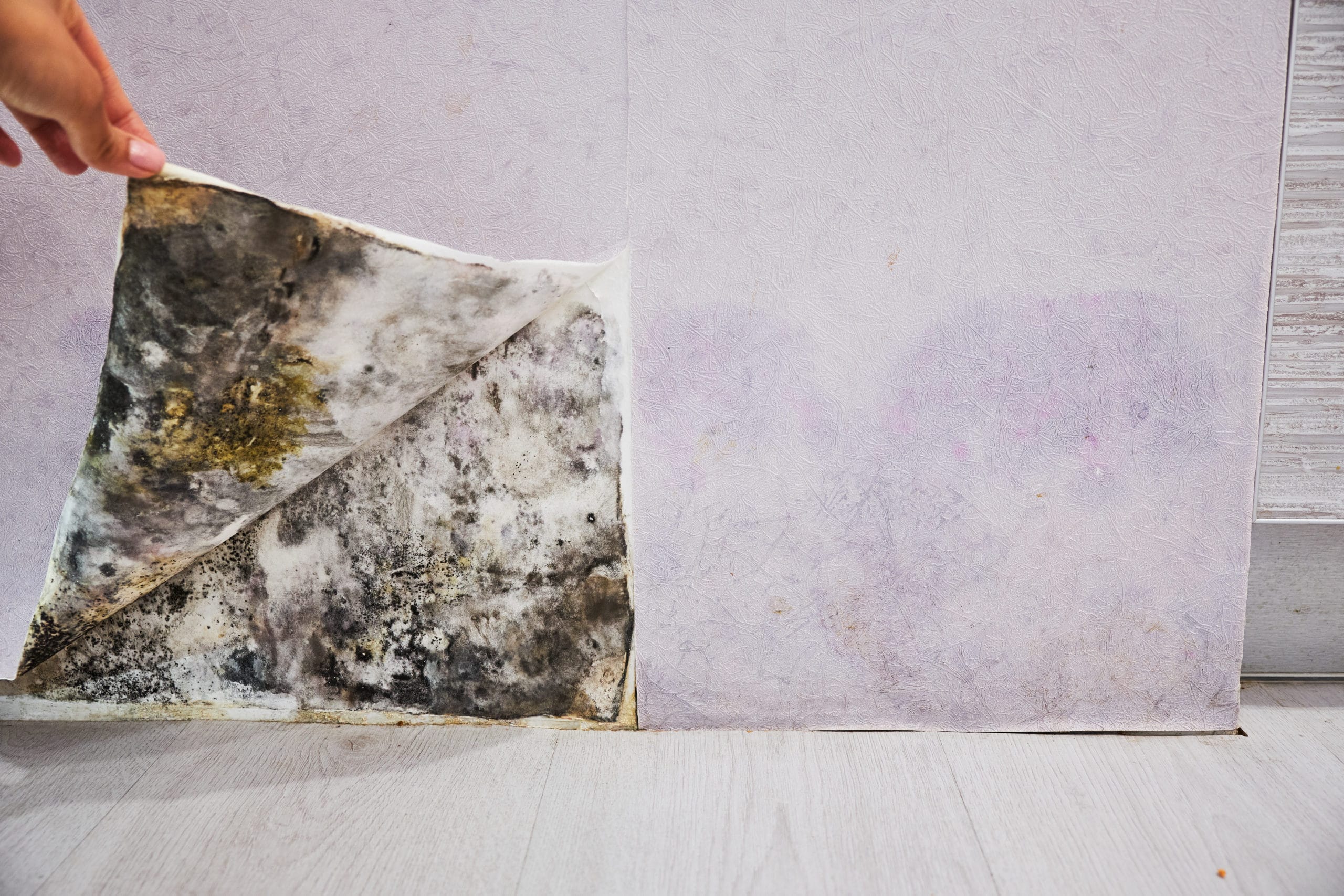
It’s easy to identify mold on a visible surface like your bathtub or windowsill, as you will notice dark spots that are fuzzy and green, black, or blue, depending on the variety. But when mold is hidden behind bulkier household items or even within walls and ceilings, it’s much more challenging to recognize.
That being said, you don’t necessarily need to see mold to suspect it’s present. The following cues could indicate that you have a mold contamination in a particular area of your home:
If one or more of the above signs resonate with you, mold is likely present in your home. But don’t worry! Now that you’ve realized that you might have an issue with mold, here are some straightforward, DIY ways to find hidden mold in your house.
How To Find Hidden Mold In Your House
Now that you suspect you might have a problem with mold, you need to take some steps to identify and safely remove it. Below are a series of tried and trusted steps that will help you find hidden mold in your house, with an explanation of how to perform each action safely.
Test the Surface with a Homemade Bleach Solution
It’s easy to confuse some types of mold with dirt, so the first thing you need to do is ascertain whether you actually have a mold contamination. Applying a small amount of household bleach to the affected surface will help you identify mold.
Create a one-part bleach and sixteen-part water solution and use a cotton bud to apply it lightly to the potentially contaminated surface. After dabbing the affected area with bleach, if the spot quickly lightens or keeps coming back after being treated, it’s probably mold.
Use a Mold Testing Kit
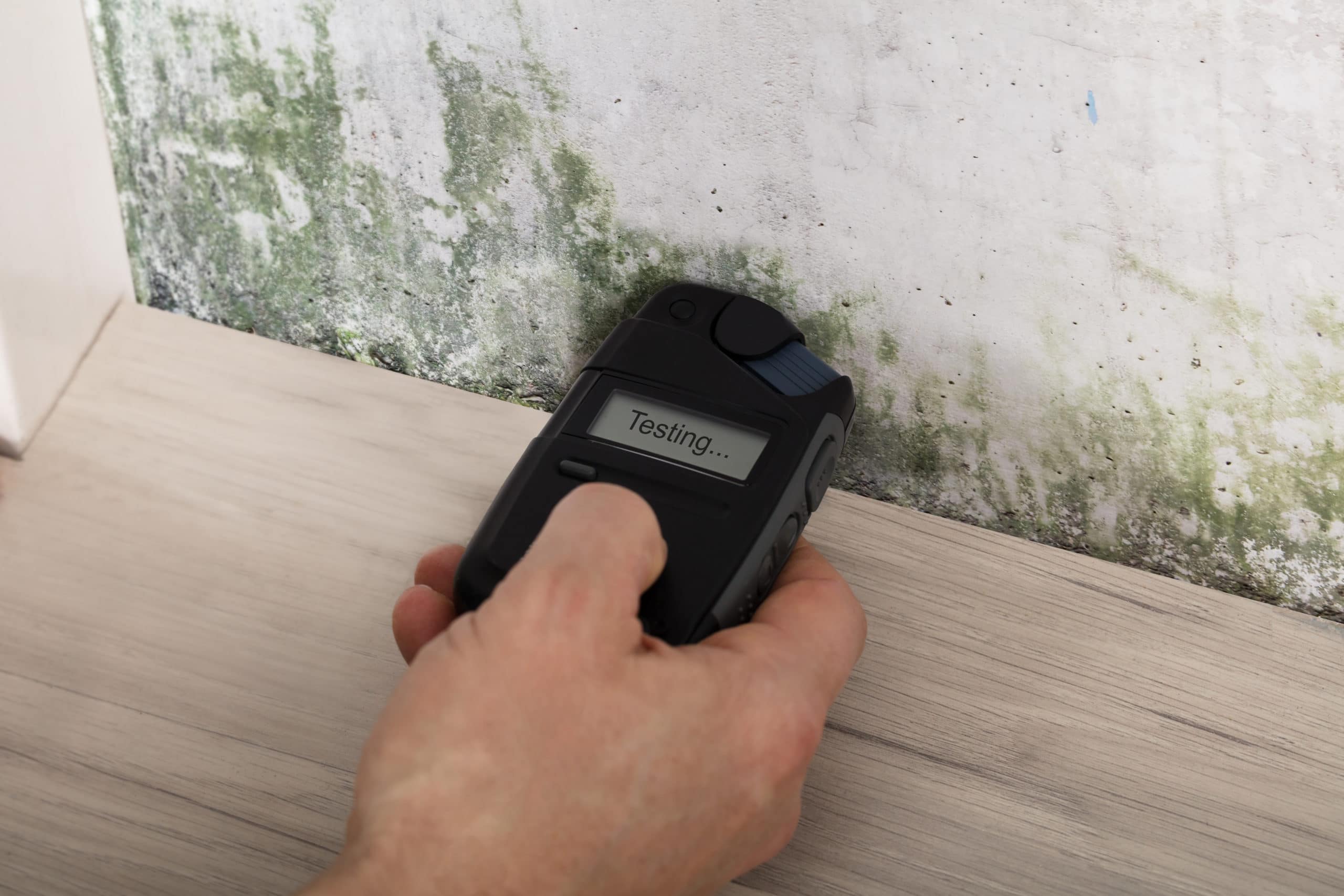
Instead of using a homemade bleach solution, you can order a mold testing kit that enables you to identify a contamination without potentially damaging the surface of the affected area. While the United States Environmental Protection Agency doesn’t endorse mold testing kits, they’re a helpful way of confirming your suspicions that mold exists in your home.
Every mold testing kit contains a set of instructions that must be followed for it to be effective. While this can be an effective way of confirming the presence of mold, it can be expensive to receive the results, so be sure to weigh up the pros and cons before ordering a kit.
Understand the Differences Between Mold and Mildew
Although mold and mildew are both types of fungi, it’s essential to know the differences between the two before you take any action. Mildew is more prevalent on surfaces like your bathtub or shower and is usually easy to remove and clean with some bleach or other shop-bought cleaning products. On the other hand, mold species thrive on any organic matter and usually penetrate the ceilings, walls, and floors of houses. As such, mold is more difficult to identify and treat than mildew, and you may need to pierce the affected surface to begin a course of treatment.
Pierce the Mold-affected Surface
If you’ve identified mold in your walls, ceilings, or floors, you will need to pierce the surface of the affected area to assess the damage. Wear gloves to protect your hands, grab a screwdriver or a suitable sharp object, and pierce the surface. The reason for this is to detect whether the mold has caused any rot. If the wood crumbles easily and is overly soft, it indicates that the mold has started to cause rot and needs to be removed.
Conduct an External Check for the Cause of Mold
After finding the source of your hidden mold, you need to conduct an external check and look for a potential cause, as well as any other sources of mold that might still be hidden. Look both inside and outside of your property and check the following:
It goes without saying that once you’ve checked and found the cause of the mold, you need to act and resolve the issue. If you leave the leak or faulty fixture as it is, mold will quickly return in the near future.
Decide on an Action Plan
After discovering hidden mold in your home, the final step is to decide on your course of action. As a minimum, you will need to fix the cause of the mold and remove the contamination from the surface of your home. If you’re not confident to do it yourself, call a local mold remediation company, and they will take care of it for you. However, if you feel comfortable removing mold yourself, the section below explains how you can deal with it safely.
How To Remove Mold From Your Home
You can remove mold yourself in most domestic circumstances by following some simple steps and acquiring the appropriate equipment. You will need to make sure you have the necessary protective equipment to safeguard yourself before starting. To remove mold, you will need the following:
Before you begin, open all windows and ensure your HVAC system is turned off. You will also need to expose the affected area to have full access to the mold within. Then, beginning with soap and water, treat the affected area by scrubbing hard and removing the mold. If soap and water aren’t effective, opt for an antimicrobial spray or a homemade bleach and water solution (1:16 ratio).
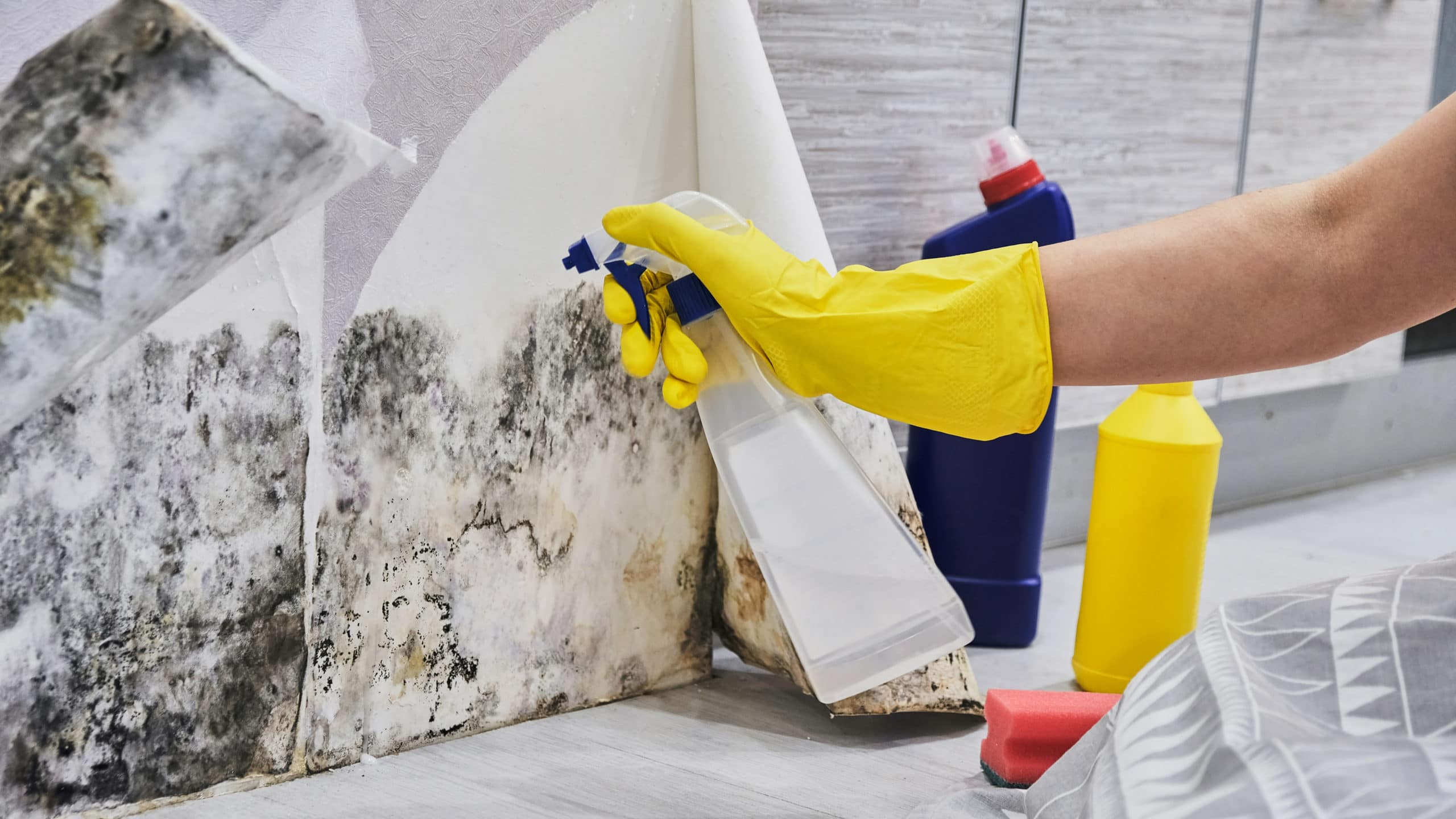
You need to be thorough and ensure all mold is removed before you attempt to repair the surface. It’s important to allow the area to dry completely before you paint or plaster over the area, too. Leave the surface for 24 hours before attempting any repairs so you can be confident that the mold has been removed.
If the problem persists, or if you’ve had severe water damage that has resulted in mold in places that’s difficult for you to reach, it’s better to call a professional mold remediation company to come and remove it for you. But, equally, if you have any underlying health conditions stipulated by Healthline that might be susceptible to mold spores, you shouldn’t attempt to remove the contamination yourself.
Final Thoughts
While no one wants to find mold in their house, it’s a common affliction that affects millions of American households every year. If you suspect that you have hidden mold in your home, you need to take action to find it and remove it before it causes any structural damage or poses any undue risks to your health and wellbeing.
Once you’ve found the hidden mold contamination in your home, you can either attempt to remove it yourself or opt to call in a mold remediation company to deal with it on your behalf. Either way, the sooner you act, the less severe the problem will become. However, if left untreated, mold can cause significant damage to your home and result in expensive repair bills.
Hopefully, this guide has provided you with all of the information you need to find hidden mold from your property and has given you the confidence to deal with it appropriately.

